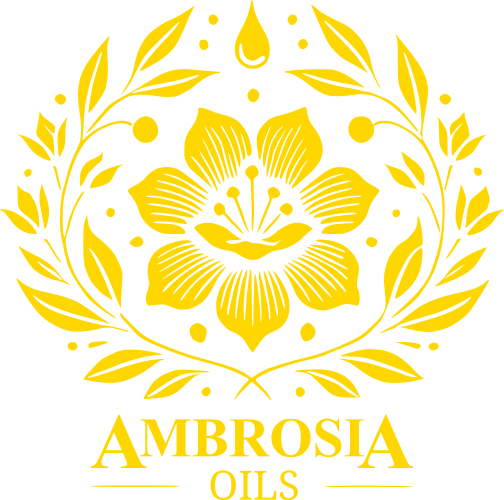The History and Essence of Essential Oils
The Origins of Essential Oils
Essential oils have a rich history that spans thousands of years, deeply rooted in ancient civilizations. The earliest known use dates back to around 4500 BCE in Egypt, where aromatic plant extracts were used for medicinal, religious, and cosmetic purposes. The Egyptians were masters of perfumery and embalming, utilizing oils such as frankincense, myrrh, and cedarwood in their daily lives and rituals.
In ancient China and India, essential oils played a significant role in traditional medicine. The Chinese used aromatic herbs in healing, while Ayurveda, the traditional Indian system of medicine, incorporated plant extracts for therapeutic and spiritual purposes. The Greeks and Romans also embraced essential oils, with figures like Hippocrates advocating for their medicinal properties. The Romans further popularized their use in bathing, massages, and perfumery.
During the Middle Ages, essential oils gained prominence in Europe, particularly for their antiseptic and healing properties. The Renaissance period saw a revival in their use, with alchemists and apothecaries refining distillation techniques to extract purer forms of essential oils. By the 19th and 20th centuries, advancements in chemistry allowed for a deeper understanding of essential oil compositions, leading to their modern applications in aromatherapy, skincare, and wellness.
How Essential Oils Are Made
Essential oils are concentrated plant extracts obtained through various extraction methods. The most common techniques include:
- Steam Distillation: This is the most widely used method, where steam is passed through plant material, releasing aromatic compounds. The steam is then condensed back into liquid form, separating the essential oil from water.
- Cold Pressing: Used primarily for citrus oils like lemon and orange, this method involves mechanically pressing the peels to extract their natural oils.
- Solvent Extraction: For delicate flowers such as jasmine and rose, solvents are used to extract aromatic compounds, producing what is known as an absolute.
- CO₂ Extraction: A modern technique that uses carbon dioxide at high pressure to extract essential oils, preserving their purity and potency.
Each method influences the final scent, purity, and therapeutic properties of the oil, making the extraction process a crucial factor in quality.
What Are Essential Oils?
Essential oils are highly concentrated natural compounds extracted from plants, capturing their aroma and beneficial properties. They contain volatile compounds that interact with the body and mind, offering a range of benefits. Unlike synthetic fragrances, essential oils are entirely plant-derived, making them a preferred choice for holistic wellness.
How to Use Essential Oils
Essential oils can be used in various ways to enhance well-being:
- Aromatherapy: Diffusing oils such as lavender or eucalyptus into the air promotes relaxation and mental clarity.
- Topical Application: Diluted with a carrier oil, essential oils can be applied to the skin for massage, skincare, or targeted relief.
- Inhalation: Adding a few drops to a bowl of hot water or a personal inhaler helps clear congestion and boost mood.
- Household Use: Essential oils can be added to natural cleaning products for their antibacterial properties or used as natural air fresheners.
Whether for relaxation, skincare, or holistic healing, essential oils offer a natural way to support overall wellness, connecting us to ancient traditions while fitting seamlessly into modern lifestyles.
To find out more about how to use essential oils, click here.
